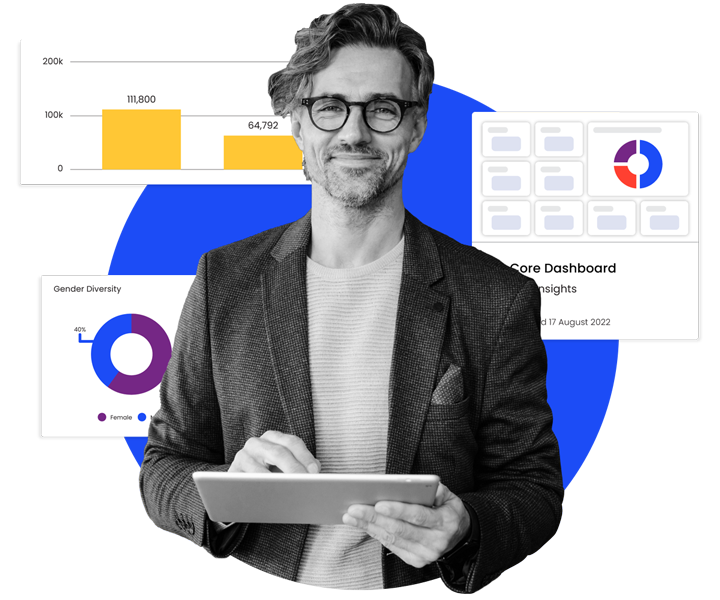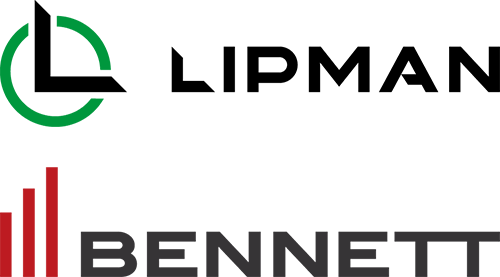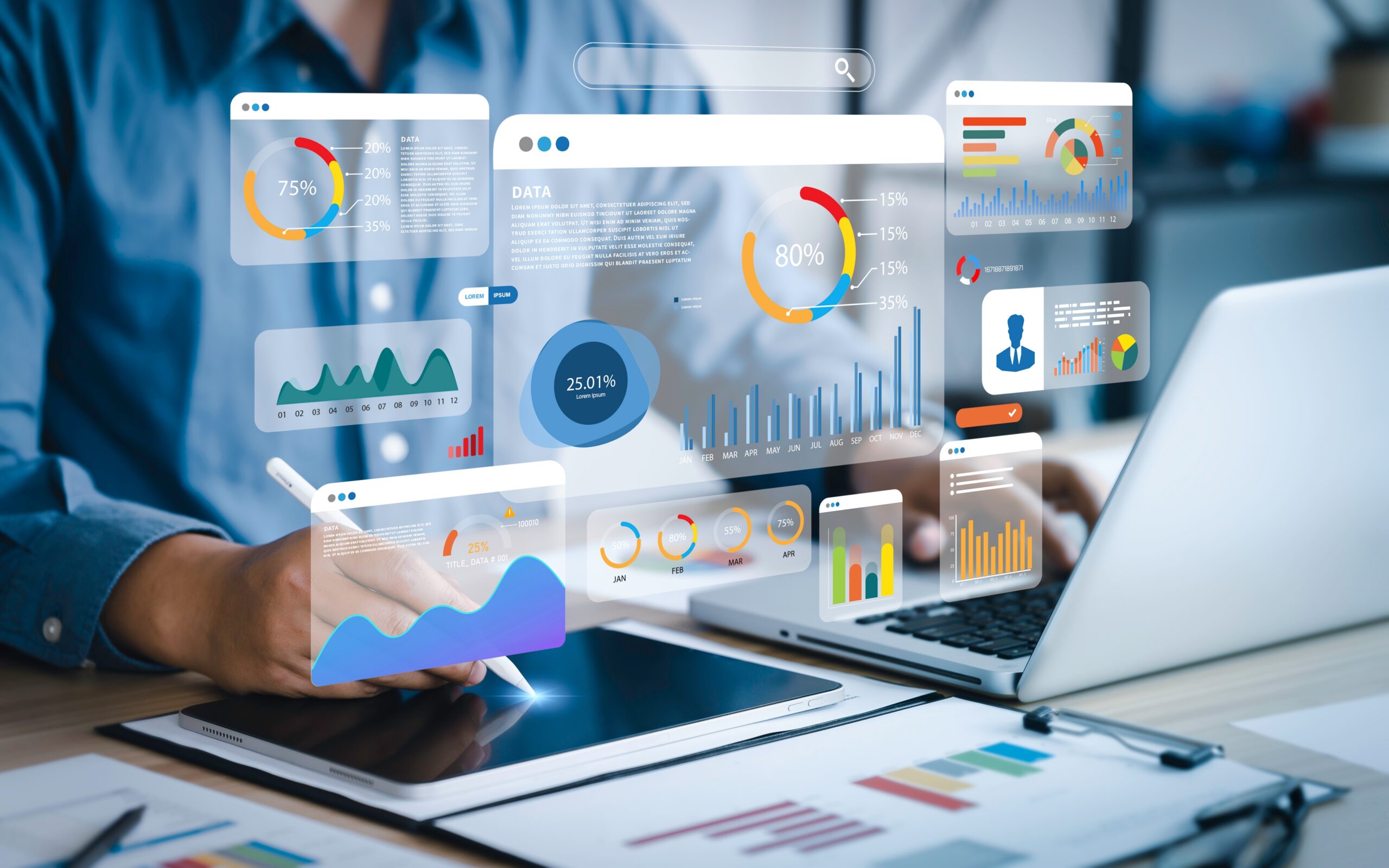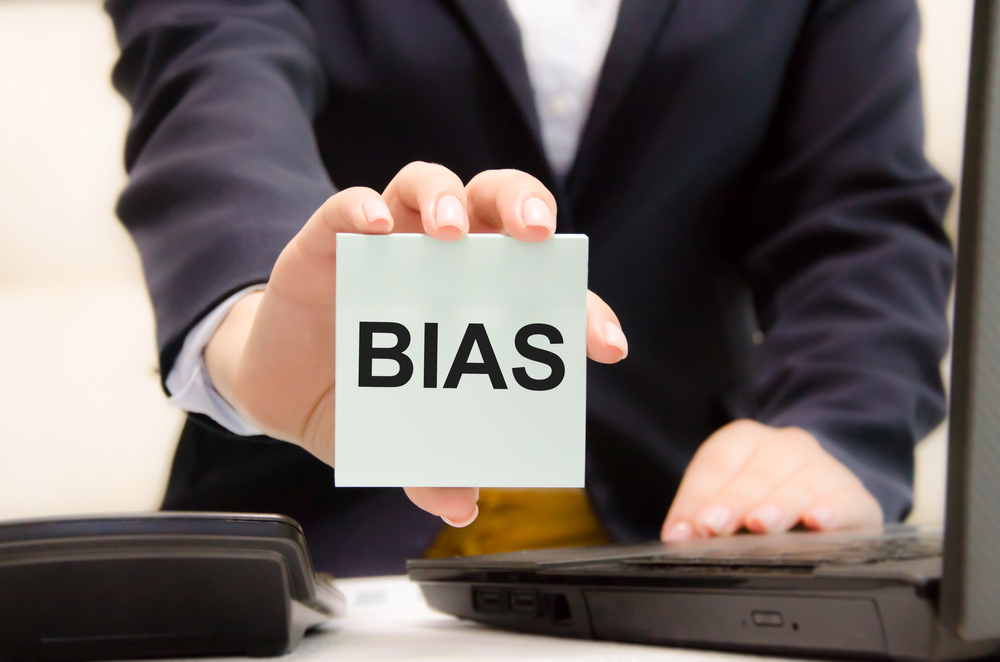Flexible and scalable
We can cater to your organisation’s level of maturity and will scale with you as your organisation evolves and/or your needs change.
End-to-end HR solutions, from hire to retire
ELMO is configurable to the specific needs of your business, spanning across the entire employee lifecycle.
Local support round the clock
We have teams across multiple regions with deep local marketplace knowledge to support your needs. Help is there for you when you need it.
A better HR strategy
Stay ahead of the curve by tracking trends, identifying potential risks, forecasting future outcomes, and addressing concerns early to reduce overall turnover rates.
- Forecast to mitigate risks
- Proactively reduce turnover
- Trends and outcomes analysis
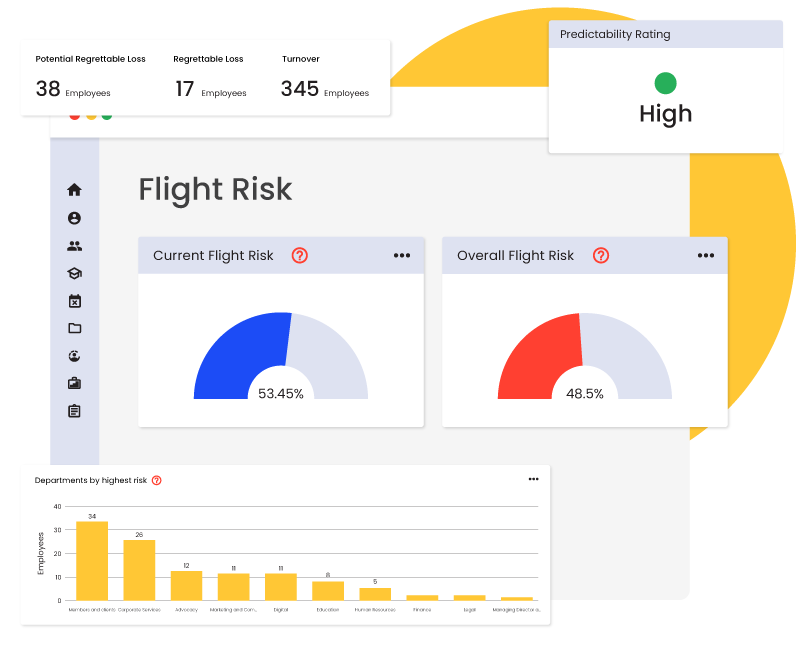
All your HR data in one place
Streamline data analysis with our dashboards for centralised HR metrics, enhancing insight into the employee journey.
- Centralised HR insights
- Configurable dashboards
- Employee lifecycle overview
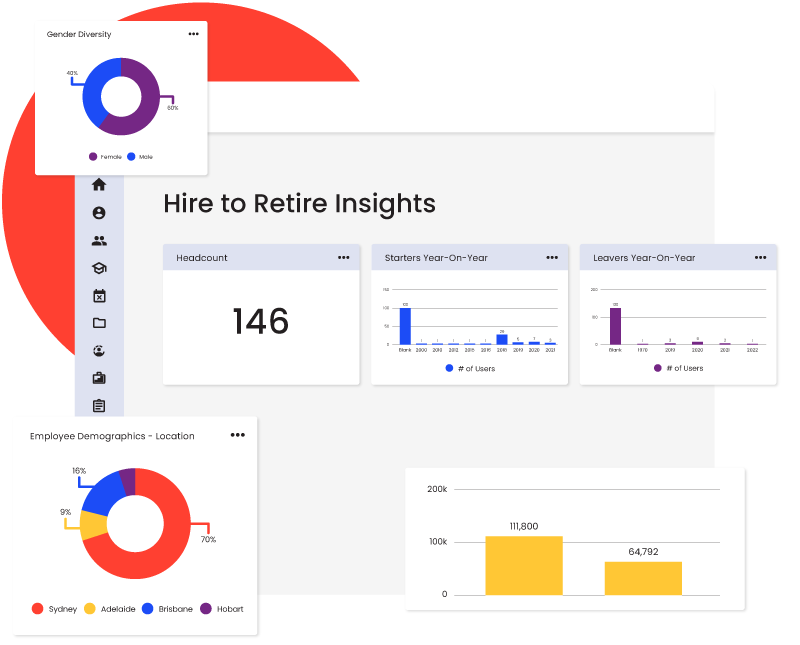
Data aggregation and visualisations
Boost HR performance with intuitive data visualisation. Use ELMO modules for a holistic organisational overview.
- Intuitive visual reports
- Comprehensive organisational data
- Leverage ELMO modules
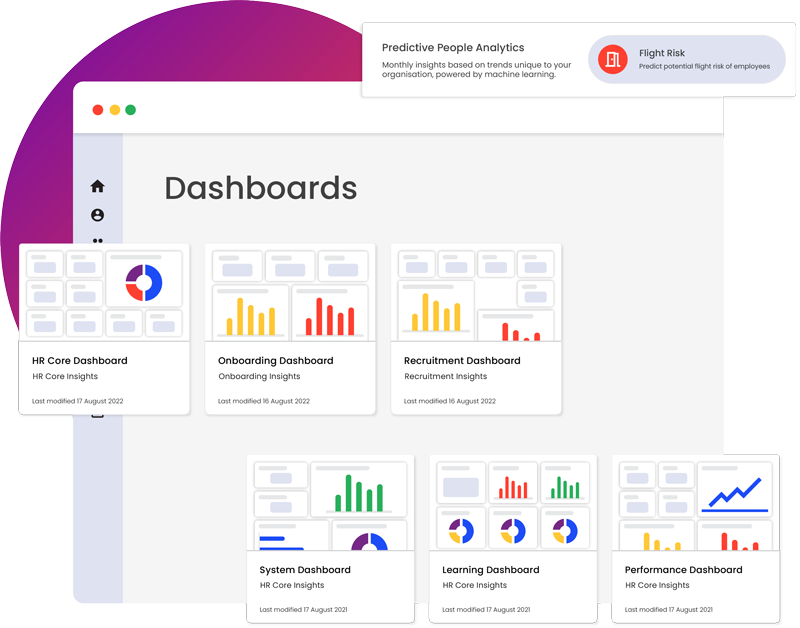
‘Hire to retire’ insights
Get key insights from multiple touch points across the employee lifecycle through pre-build dashboards.
Insights in seconds
Use intuitive visual reports to get a birds eye view of your workforce and identify key insights to improve your operational efficiency.
Understand your workforce
Having the data and actionable insights you need means you can make informed decisions and take action to drive real organisational change.
Our HR Resources
5 Reasons to Invest in Remuneration Software
How to Identify Employee Training Needs
Performance Management Metrics: How to Define and Measure Success
Removing Unconscious Bias from the Hiring Process
Do FAST Goals Trump SMART Goals?
The Top 5 Causes of Employee Disengagement
7 Benefits of Talent Management Systems for Businesses
Employee Self Service: Definitions, Advantages and Benefits
Want to know more about ELMO Analytics?

Ready to unleash your HR potential?

 HR Core
HR Core 